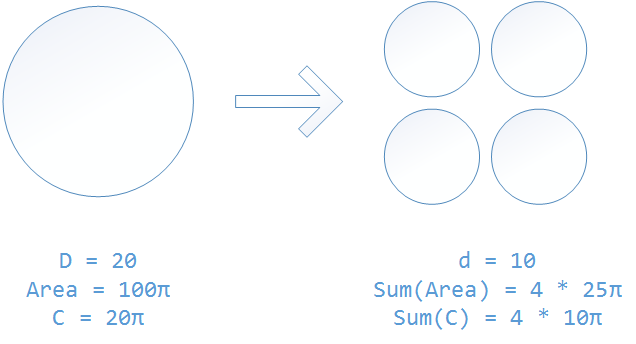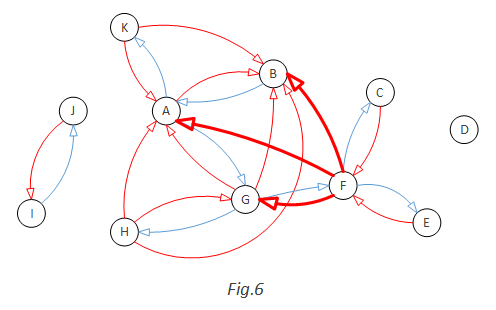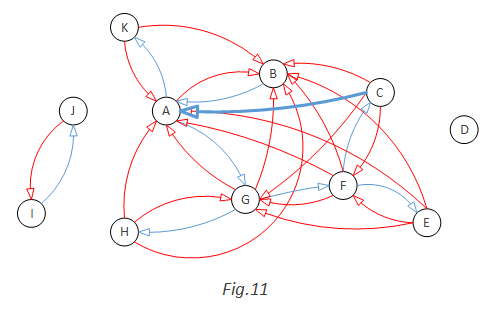I have been wearing an Omega Seamaster daily for several years. But a few months ago, I switched to the Pebble Steel. Since then, the Omega watch has been sitting in the winder all the time because the Pebble gives me one thing really important: I am not missing any calls or meeting reminders any more.
In the past, I missed a lot calls and meeting reminders because the phone was put in vibration mode or I didn’t hear it ringing because of other noises. For example:
- My phone was being charged in my office and I was talking to someone in the next door. Unfortunately, in the previous meeting, I turned it to vibration mode. I was so focused on the discussion and lost track of time. I missed the reminder of the next meeting and only realized it when it’s already half way through. I felt awful to be so much late to the meeting. Sometime the meeting had to be rescheduled due to my no show and it was me that wasted others’ time.
- My phone was being charged in the family room when I was cooking dinner in the kitchen. The range hood was running right in front of me and I can’t hear anything else. My wife called me on her way home to ask me if I want her to pick up any grocery or bakery. I missed her call (and the first thing she said when she came in was “why didn’t you answer my call”).
- My phone was in vibration mode and unfortunately put on an ottoman. The soft cushion of the ottoman absorbed all the vibrations when a call came in and I missed the call.
- My wife and I were skiing and we put our phone in the pocket of the ski jacket. When the ski school called to tell us to pick up our boy earlier, we both missed the call. We couldn’t hear the ring because we had helmet. We didn’t feel the vibration because we were in motion and we had layers under the ski jacket.
Those are not happening any more since I got the Pebble. When there is an incoming call or meeting reminder, it vibrates and I can feel it because it’s tied to my wrist and touches my skin directly. But I am now in constant struggling. When it comes to the craftsmanship, the Pebble can’t compare to my Omega. The Omega Seamaster feels much better and looks much more beautiful.

But I end up now wearing the Pebble everyday because it solves a big problem for me. So when it comes to “How should luxury watch brands like Rolex strategically respond to the launch of the Apple Watch?”, I hope they won’t try to wedge some crappy half-baked smartwatch features into their beautiful watches. On the other hand, I hope they can add two things to the traditional watches:
- Sync up with my phone and vibrate when there is a notification. Vibration would be enough. It doesn't need to display anything. As long as I feel the vibration, I know I should check my phone.
- Have health sensors and send data back to my phone as how Pebble, Fitbit, Jawbone and soon Apple Watch do. I love to see how many steps I have walked each day, how long I slept last night and how many hours were deep sleep.
Well, adding these two things to my Omega Seamaster means adding battery to it and it needs to be charged every a few days. That's OK with me. Even if I forget to charge the "smart Omega" and the battery runs out, it’s still a really nice Omega like what it is today. If Pebble or Apple Watch's battery is dead, it will be a piece of useless metal, or a beautiful bracelet at the best.
Bottom line: as Michael Wolfe said, they should keep Rolex watches Rolex-y.
















